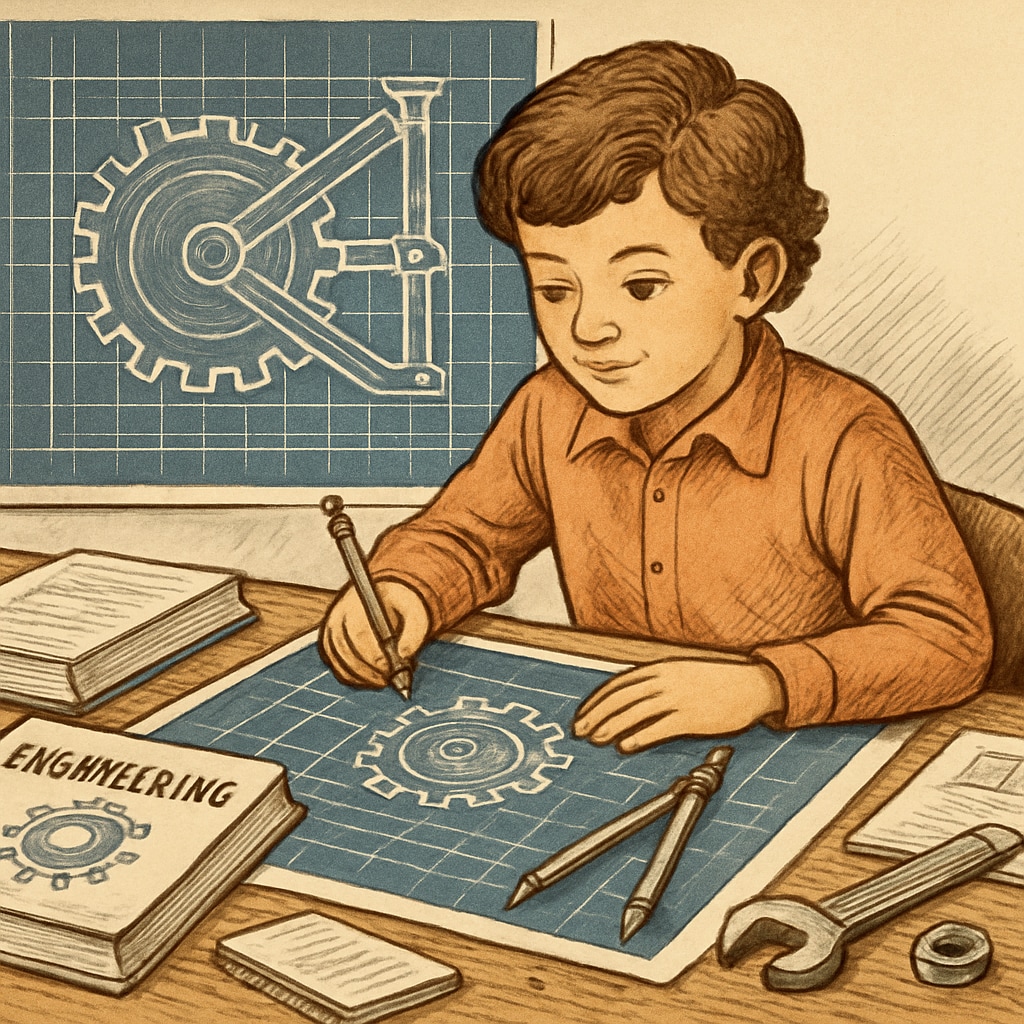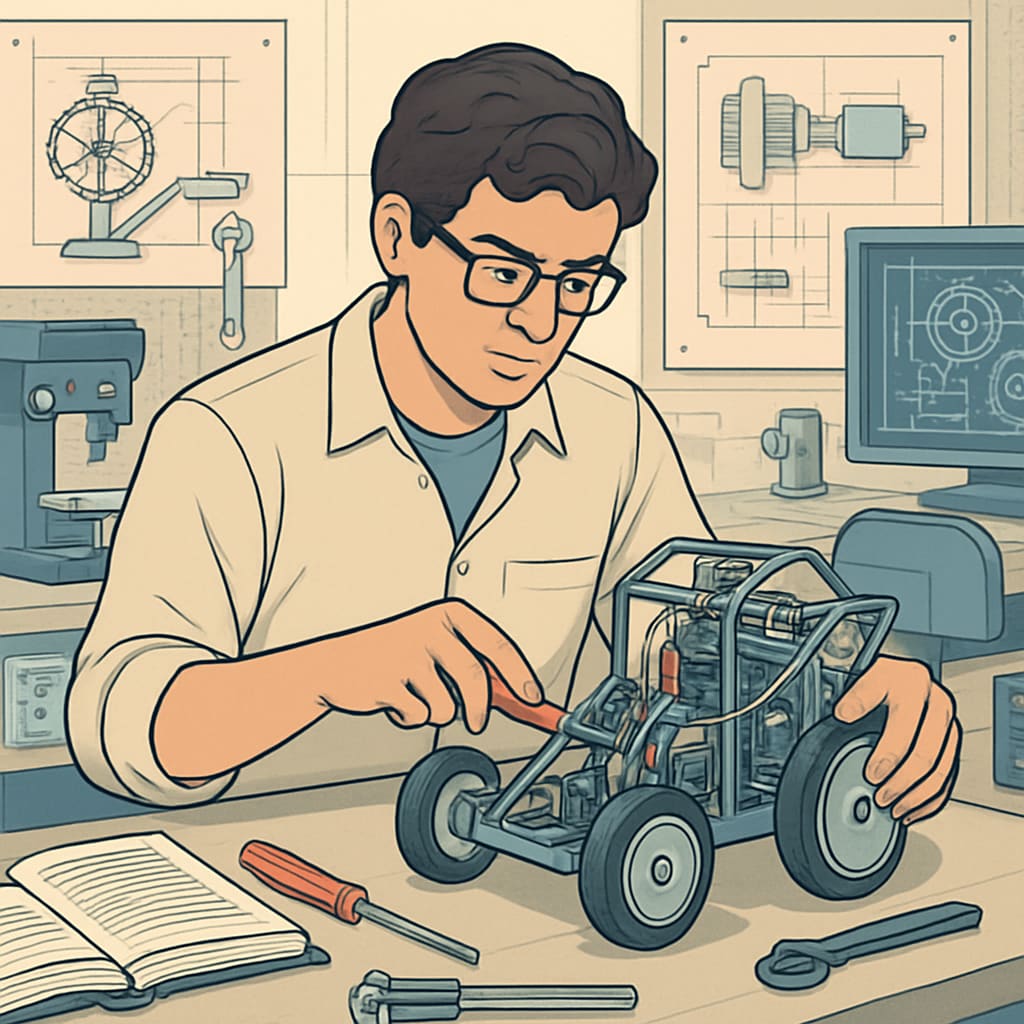The journey toward a successful career in design engineering begins long before college. For K12 students interested in this field, understanding the importance of higher education—especially a master’s degree—and developing essential skills early can significantly impact their academic and career trajectories. This article explores the role of foundational education, the value of advanced degrees, and how to prepare for a thriving career in design engineering.

Why Design Engineering Education Matters from K12
Early exposure to design engineering concepts can inspire students and shape their career aspirations. Introducing STEM (Science, Technology, Engineering, and Mathematics) subjects in K12 education builds critical thinking, creativity, and problem-solving skills—key attributes for future engineers.
For example, programs that incorporate robotics, CAD (Computer-Aided Design) software, or hands-on projects can provide students with a taste of real-world engineering challenges. These experiences not only foster enthusiasm but also help students identify specific areas of interest within the broad domain of design engineering.
- Encouraging participation in STEM competitions like FIRST Robotics.
- Providing access to engineering-focused electives or extracurricular activities.
- Promoting collaboration and teamwork through group projects.
Choosing the Right Master’s Degree for Design Engineering
While a bachelor’s degree provides foundational knowledge, pursuing a master’s degree in design engineering can open doors to advanced opportunities. Students should weigh their options carefully, as different programs emphasize diverse aspects of engineering, such as product design, systems engineering, or sustainable innovation.
Several factors come into play when selecting a master’s program:
- Specialization: Identify areas of interest (e.g., mechanical design, industrial engineering) and choose programs that align with those goals.
- Industry Connections: Look for universities with strong ties to industry leaders for internships and job placement.
- Research Opportunities: For students aspiring to innovate, research-focused programs can be invaluable.
For more insights into master’s programs, visit Master of Engineering on Wikipedia.

Building Career-Ready Skills in K12
Beyond academic preparation, K12 students can cultivate skills that are essential for success in design engineering careers. These include:
- Technical Proficiency: Familiarity with tools like CAD software, 3D printing, or basic programming languages.
- Creativity: Encouraging innovative thinking through art, design, and open-ended projects.
- Communication: Developing the ability to articulate ideas effectively, a crucial skill for presentations and team collaboration.
Students should also focus on adaptability and resilience, as engineering projects often involve overcoming unexpected hurdles. These qualities can be nurtured through experiential learning and mentorship.
Design Engineering Career Prospects
The career opportunities in design engineering are vast, ranging from product development to sustainability-focused roles. Professionals in this field often find positions in industries such as automotive, aerospace, or consumer electronics.
According to Britannica’s overview of engineering, the demand for engineers continues to grow as technology evolves. Specialized skills gained through master’s programs can lead to higher earning potential and leadership roles.
For those planning their future, understanding industry trends and networking with professionals can provide valuable insights into career pathways.
In conclusion, guiding K12 students toward a career in design engineering requires a combination of early exposure, skill development, and informed decision-making regarding higher education. By laying a solid foundation during K12, students can confidently navigate the academic and professional choices ahead.


